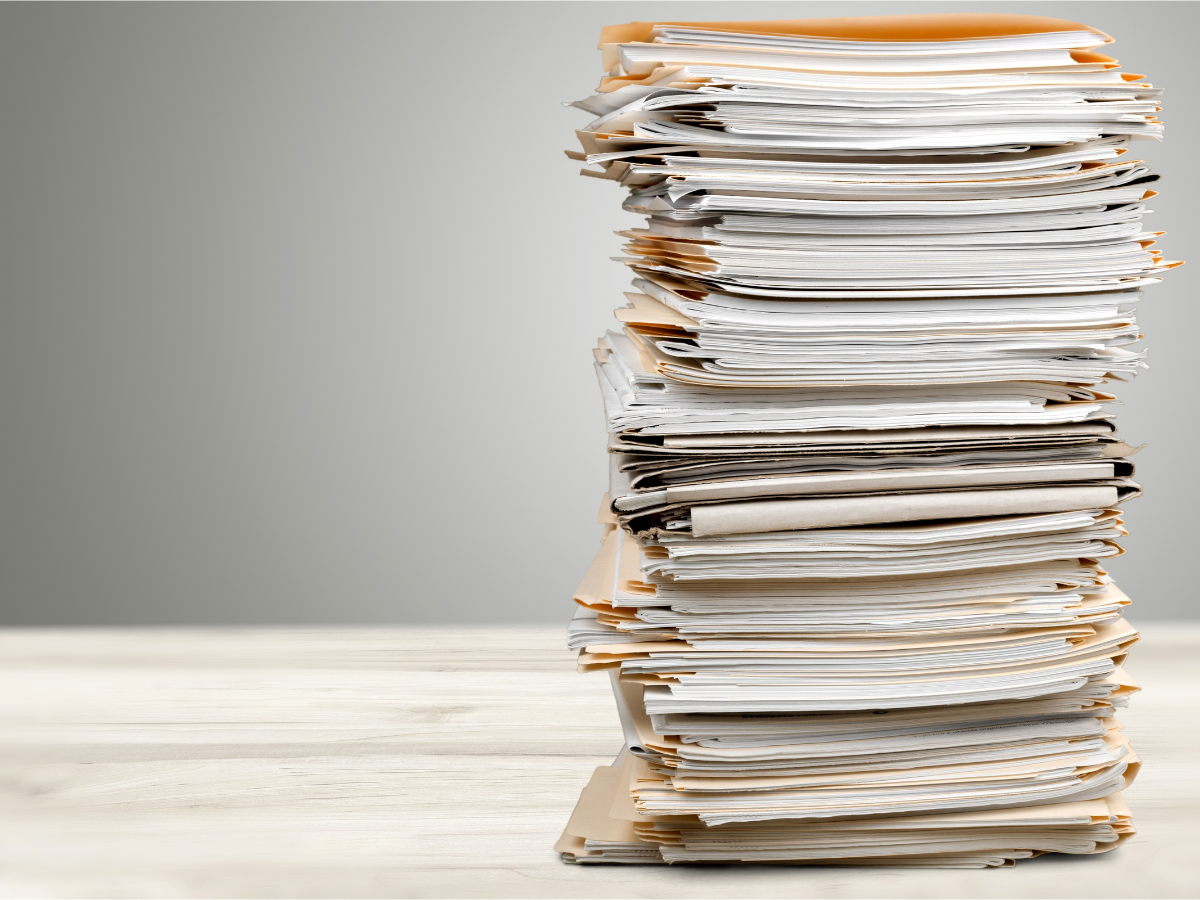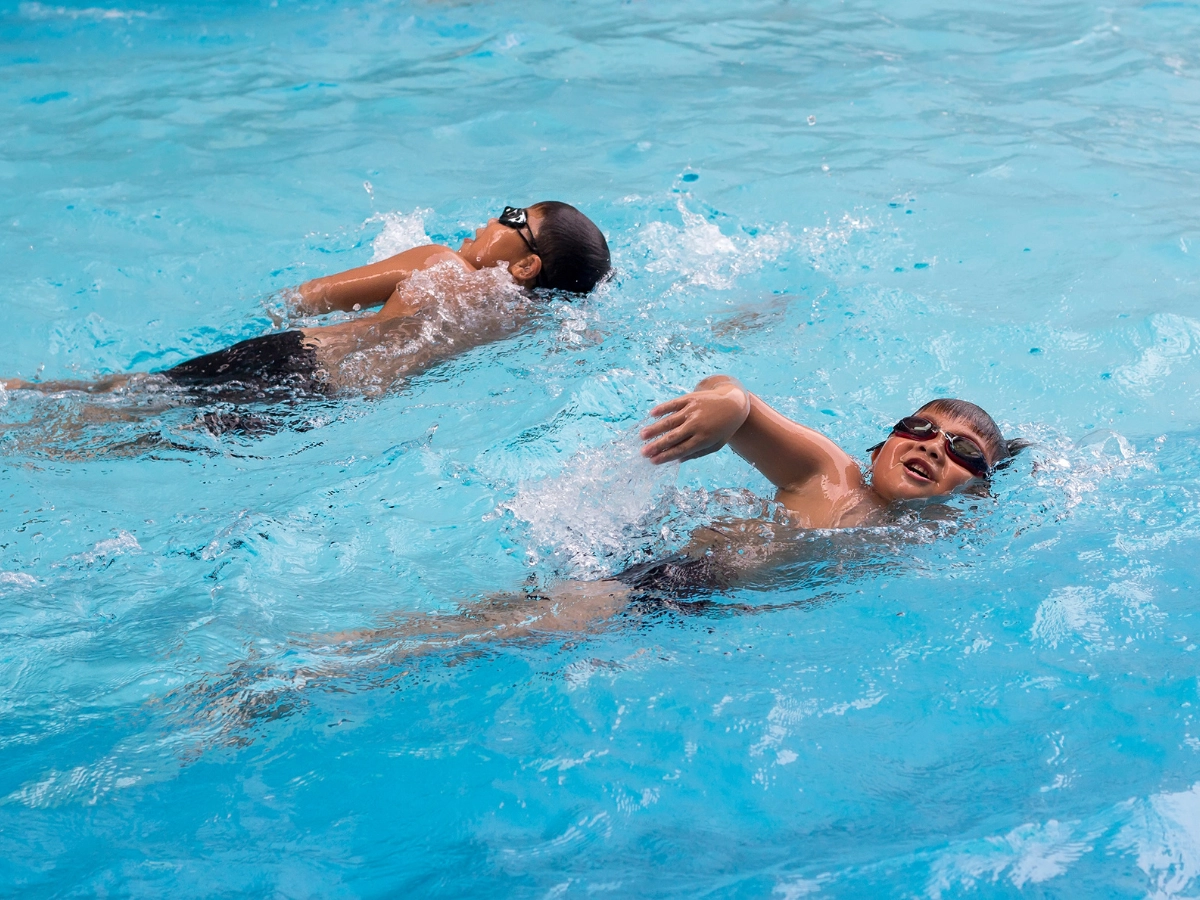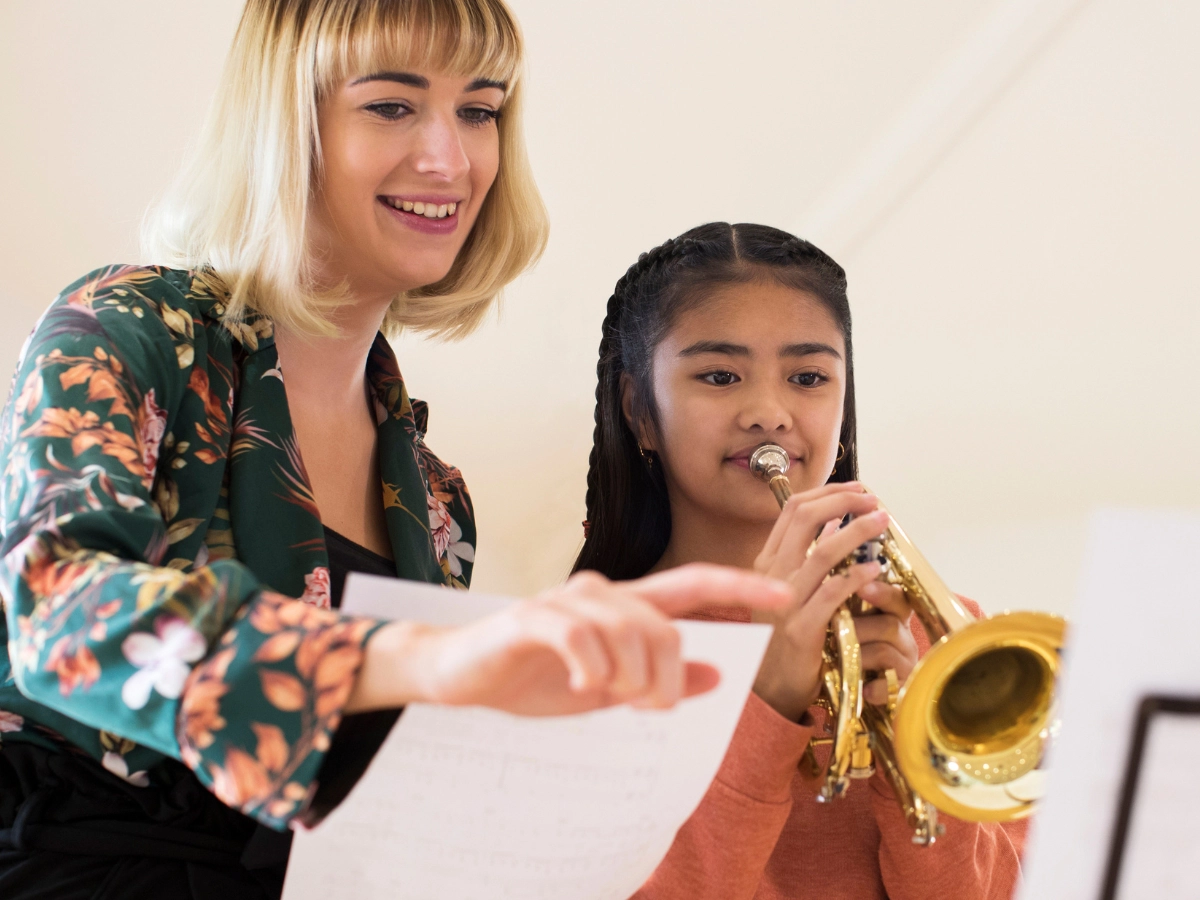Holly Heitzman, MS, LAT, ATC, PTA, St. Vincent Sports Performance, provides information on Achilles Heal – what causes it, how to recognize it and how to treat it – in a recent Technique Magazine, Vol. 34 – #7 (September/October 2014 issue) pages 7-9. These are such great details that we thought them worth sharing with you directly.
The Achilles Heal
Tendonitis is a common injury with gymnasts performing multiple floor routines, beam routines and sprints toward the vault. A gymnast’s calf muscles and Achilles tendons are constantly being worked nd stressed. The Achilles tendon provides power when pushing off the foot. A strain can cause injury to the calf muscles or the Achilles tendon. This can happen during a strong contraction of the muscle, as when sprinting toward the vault or when doing a tumbling pass. The foot may also be forced upward upon a transition of landing to jumping (punch jump). The strain may affect different portions of the tendon, and the injury can be an acute injury occurring immediately, or chronic occurring over a period of time.
The Achilles tendon is the large tendon at the back of the ankle. It connects the calf muscles (Gastroncnemius and Soleus) to the heel bone (calcaneus). An injury may occur at the attachment of the heel or mid-tendon. Many gymnasts have been diagnosed with Achilles tendonitis, bursitis or Sever’s disease. A brief description of each follows.
Achilles Tendonitis
A strain that may occur in the tendon at the point on insertion to the calcaneus or in the mid-section of the tendon. This is no longer thought to be only an inflammatory condition. It is also considered to be degenerated tissue with a loss of normal fiber structure.
Calcaneal Bursitis
A burse us a fluid-filled sac designed to limit friction. When a bursa sac becomes irritated inflamed it is called bursitis. Calcaneal bursa is located under the fibrous Achilles tendon and behind the heel bone (calcaneus).
Achilles Tendon Rupture
In severe cases, a force may even rupture the tendon. The rupture may be preceded by periods of chronic tendonitis. Multiple episodes of tendonitis may weaken the tendon and its fiber structure. Many athletes report that a rupture feels like someone kicked them in the leg. They no longer have the ability to talk or push off. Surgery is the common course of treatment for an Achilles rupture.
Sever’s Disease
T the site where the Achilles tendon attaches to the heel, it becomes inflamed and the bone starts to deteriorate. Sever’s disease may be associated with a growth spurt. As the bones get longer, the tendon becomes tighter; therefore, the tendon is pulling on the bone, and the bone is adjusting to the tension.
Causes of Achilles Tendonitis
Participating in activities that involve sudden stops and starts and repetitive jumping, such as gymnastics, increases the possibility of Achilles tendon irritations. Achilles tendonitis may be caused by a single incident of overstressing the tendon, or it may be due to multiple stresses that produce small tears over time. Conditioning of the athlete, too much, too soon and lack of recovery time may affect the athlete’s ability to properly adjust to the stresses on the lower lef. Overuse is the highest risk factor; however, other factors can contribute to the condition.
In gymnastics there are no shoes to support the arch of the foot, creating promotion (inward rotation). Athletes are trained to keep their toes and ankles in a pointed position (point), which creates decreased range of motion at the ankle joint. The decrease in dorsiflexion (toes toward shins) creates tight calf muscles, which increases the chance for a muscle or tendon strain. Overpronation, or when the feet roll in when running, can place an increased strain on the Achilles tendon. As the foot rolls in and flattens, the lower leg also rotates inward which places twisting stresses on the tendon.
Continuous high stress of the tendon usually results in a change of the normal arrangement of the fibers of the tendon. Tendons are made up of strands of material named collagen (think of a tendon like a nylon rope, and the strands of collagen are the strands of the rope). Some of the individuals strands of the tendon become disorganized due to degeneration, and other fibers may break down due to the tendon losing its strength. The healing processes create scar tissue, which causes the tendon to become thicker and less flexible. The area where the tendon is repairing itself can progress and form actual palpable nodules (tendinosis). The area around the scar tissue is weaker than normal tendon tissue. The weakened tendon sets the stage for the possibility of an Achilles tendon rupture.
Symptoms of Achilles Tendonitis
Swelling or thickening over the Achilles tendon; tenderness on palpation; decrease in range of motion at the ankle., limited dorsiflexion, painful to heel raise; painful to push off when walking, especially after rest; and pain with exercise. Acute pain may diminish with activity and chronic pain will remain for the duration of the exercise.
Treatment of Achilles Tendonitis
It is extremely important for the gymnast to be educated about this injury. The earlier the tendonitis is detected, the sooner the treatment can begin. The length of time you have tendonitis will determine the length of time it will take to resolve. Educate the gymnasts to inform the coaches when they are feeling pain during calf stretching and if landing or pushing off is painful. A physician should evaluate acute injuries to insure they are diagnosed properly and to rule out any rupture to the tendon. Treatment includes possible immobilization (boot), ice and medication for the reduction of inflammation. Exercises should be done to increase ankle range of motion, tendon extensibility and strength. Activities should be limited until pain is minimal with walking, running, jumping and landing.
Chronic tendonitis can be addressed by working on increasing muscles length with stretching and soft tissue massage. Modalities such as ultrasound and joint mobilizations are often used in the rehabilitation process in a clinical setting. Strengthening with good technique and proper progression are the keys to success. Eccentric muscle loading is a lengthening muscle contraction. The crossbridges (sarcomeres) of the muscle fibers are at their maximal overlap at the beginning of the contraction; therefore, this contraction generates more tension than the other types of contractions. Eccentric exercise is essential for the recovery and prevention of Achilles tendonitis.
Conclusion
Early detection of Achilles tendonitis may lead to a quick recovery with less damage to the tendon tissue. Stretching pain free and performing eccentric loading exercises will help prevent and treat chronic Achilles tendonitis. Finally, good technique with landing, stretching and strengthening exercises during practice will keep athletes healthy and ready for competition.
St. Vincent Hospital and St. Vincent Sports Performance in Indianapolis, Indiana are official service providers to USA Gymnastics. Call 317-415-5747 or visit sportperformance.stvincent.org.














